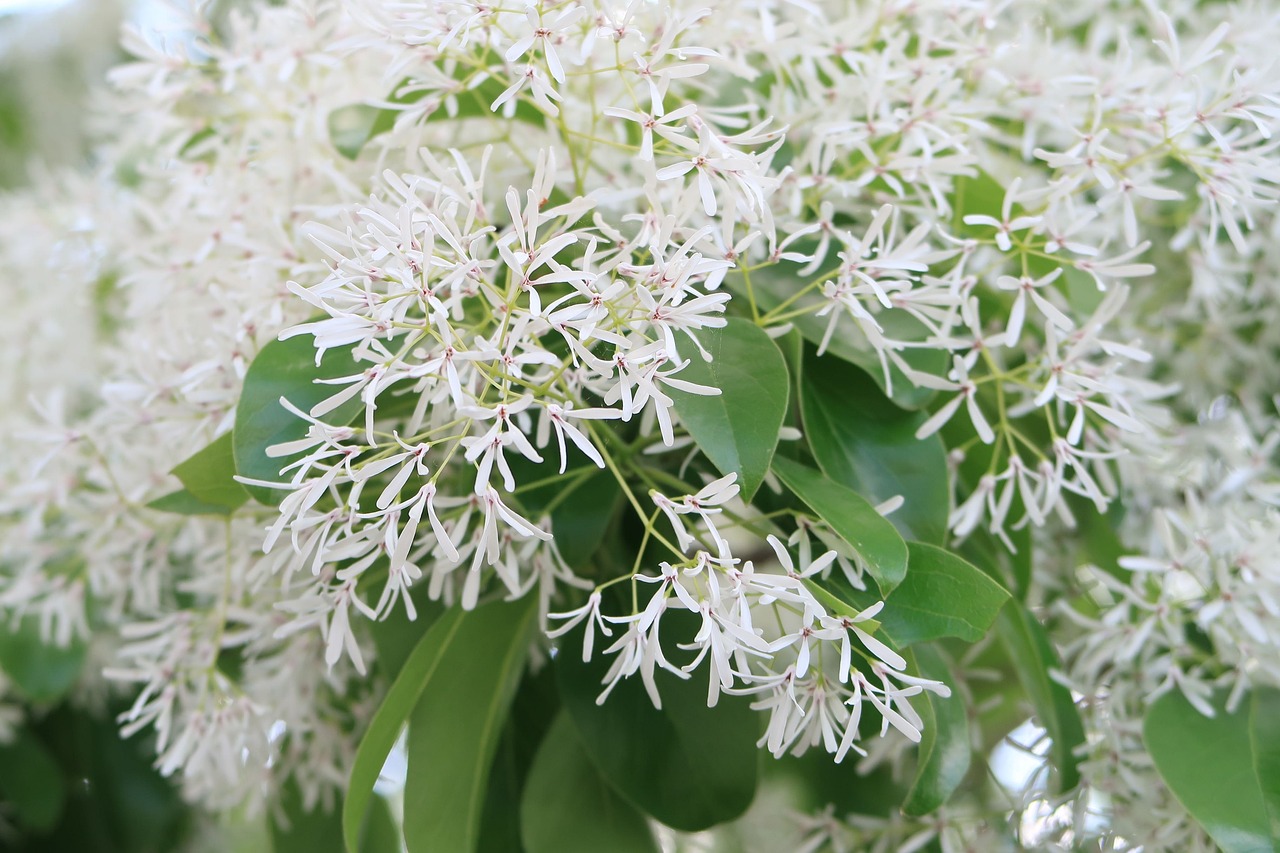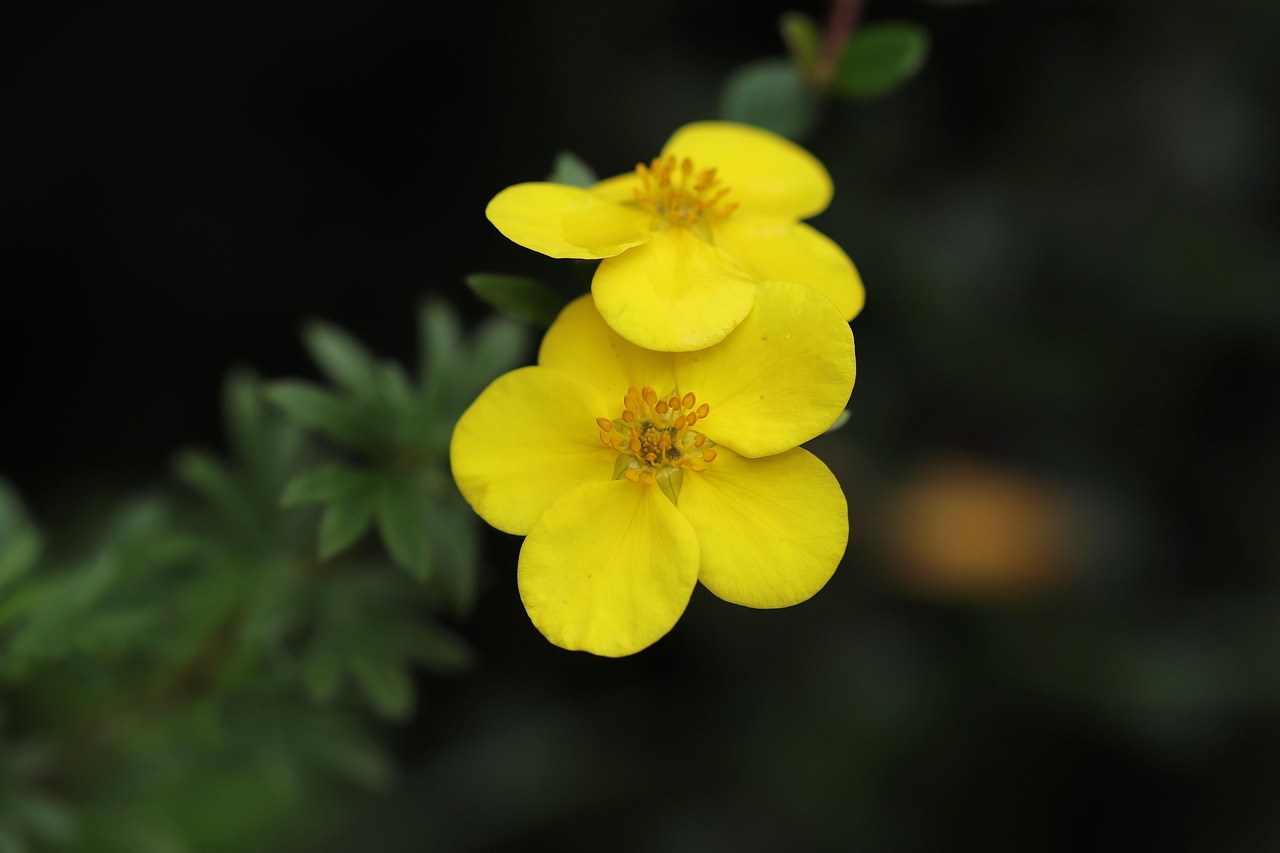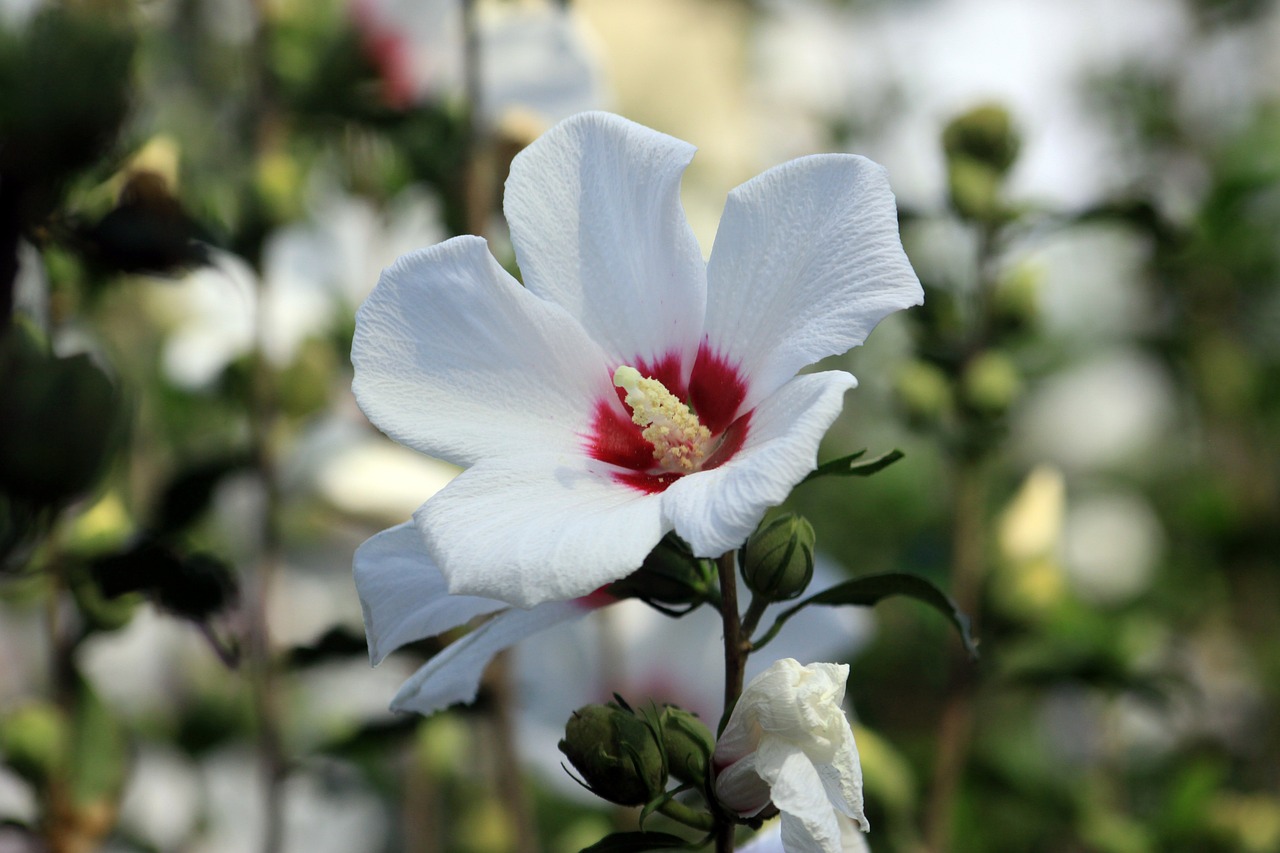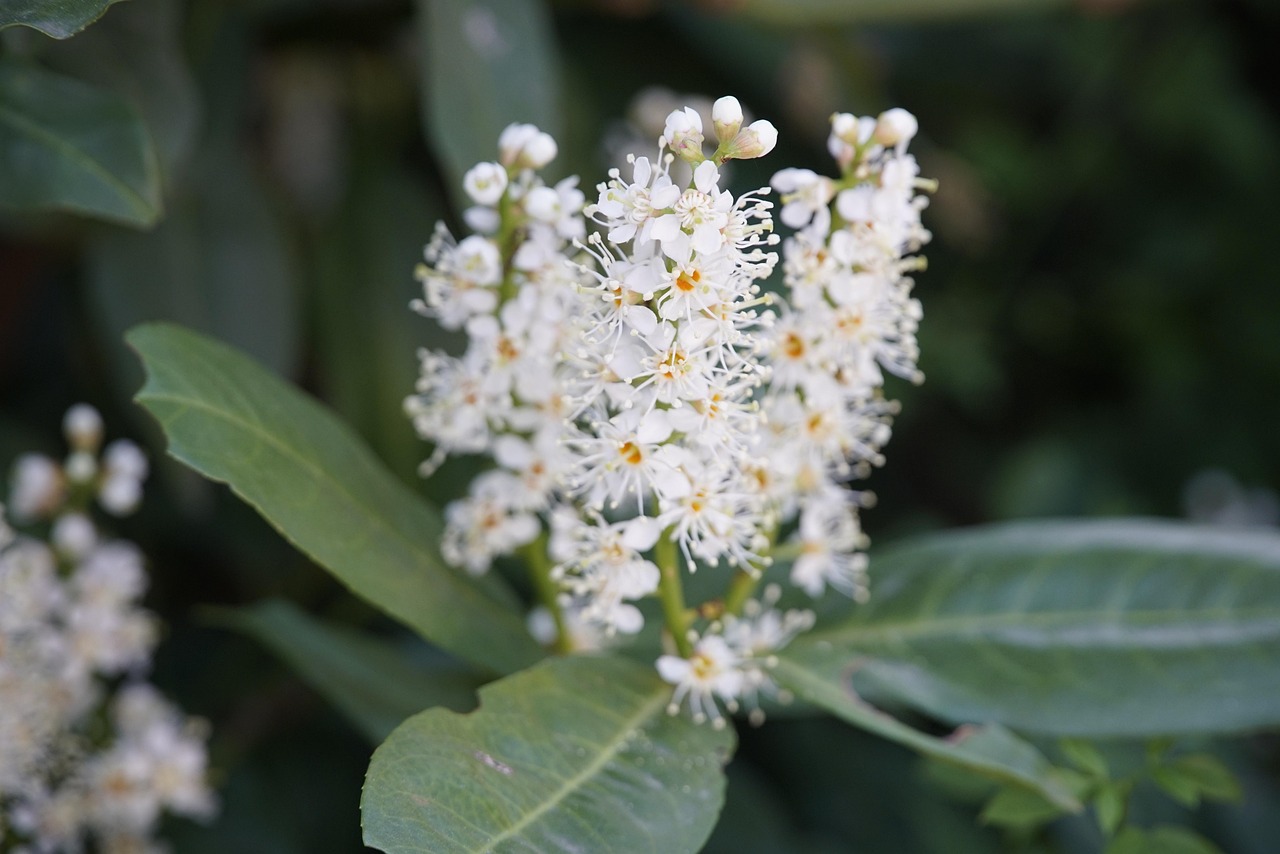Cotoneaster | An Evergreen Shrub with Red Berries Adorning Stone Walls
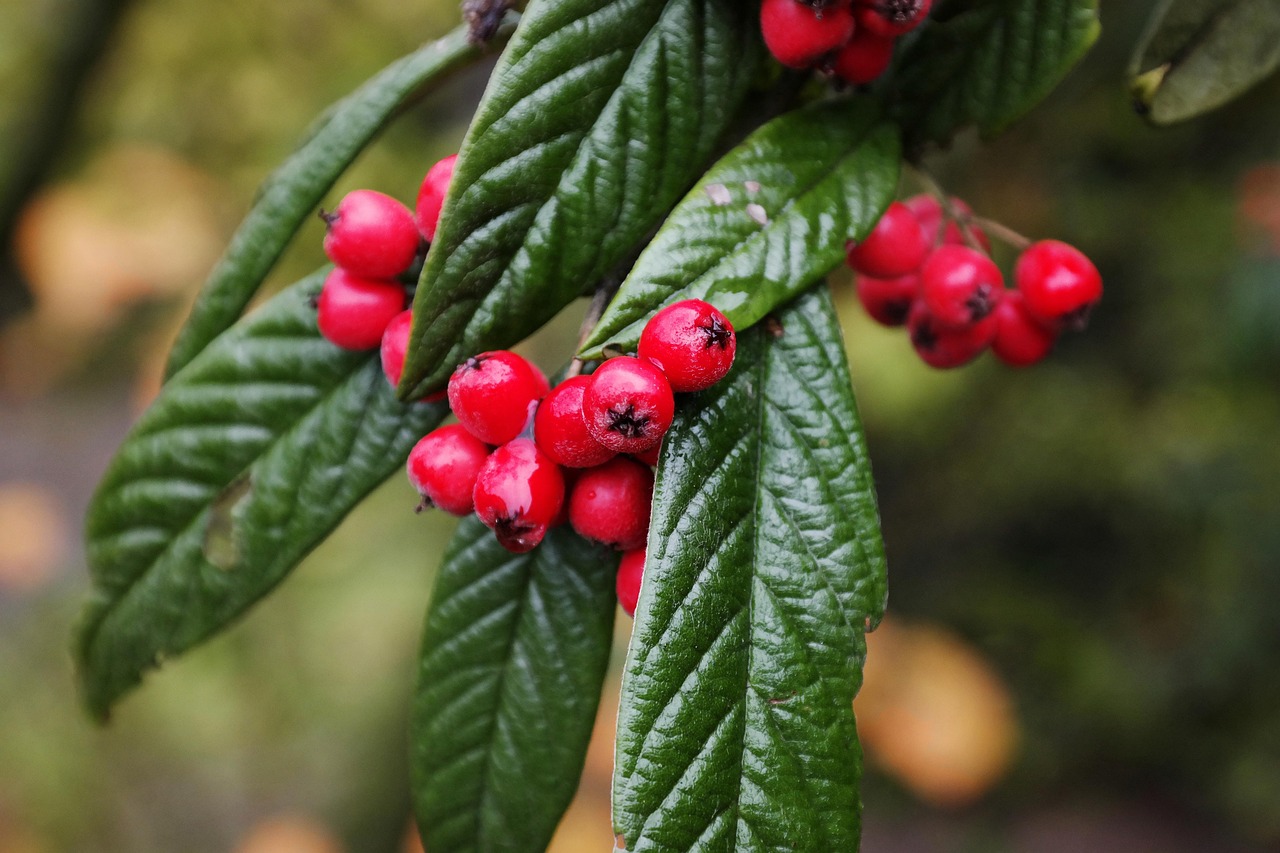
Cotoneaster is a charming shrub distinguished by its small glossy leaves and vibrant red berries.
It is popular as a hedge or ground cover, offering seasonal beauty throughout the year. Owing to its hardiness and resilience, it is one of the easiest plants to incorporate into garden design.
In this article, I will provide detailed information about Cotoneaster, including its basic characteristics, cultural and historical significance, and tips for successful cultivation.
Basic Information
- Scientific name: Cotoneaster spp.
- Family: Rosaceae
- Origin: Europe, Asia, North Africa
- Appearance: Small rounded leaves grow densely; in early summer, the shrub bears white or pale pink flowers. In autumn, red or orange berries appear, and some varieties feature leaves that turn red in winter.
- Flowering season: Flowers bloom from spring to early summer, with fruits ripening in autumn.
Cultural Significance Around the World
Cotoneaster has been valued for its decorative foliage and berries, carrying symbolic meanings in many regions.
In Europe, it has long been popular as a hedge or border plant, particularly in traditional English gardens. The red berries are considered to symbolize happiness and prosperity, and therefore Cotoneaster has often been planted in family gardens.
In China, Cotoneaster has been regarded as a symbol of harmony and longevity, and has been incorporated into classical garden design. Because its berries persist into winter, the plant is cherished as a representation of strength and enduring happiness.
In North America, its hardiness and rapid growth have been appreciated, and it has often been planted for windbreaks and to prevent soil erosion.
Historical Background
Cotoneaster has been cultivated in gardens across Europe and Asia since ancient times.
Its name derives from the Latin cotoneum (quince) and -aster (“resembling”), referencing the similarity of its leaves to those of quince.
In the 18th century, European botanists classified and introduced many varieties into horticulture. By the 19th century, breeding in Britain produced numerous cultivars, including low-growing ground covers and spreading forms.
In China, Cotoneaster was planted in temple gardens, where its autumn fruits symbolized spiritual abundance. This tradition spread to Europe in the 19th century, influencing garden design.
Gardening Advice
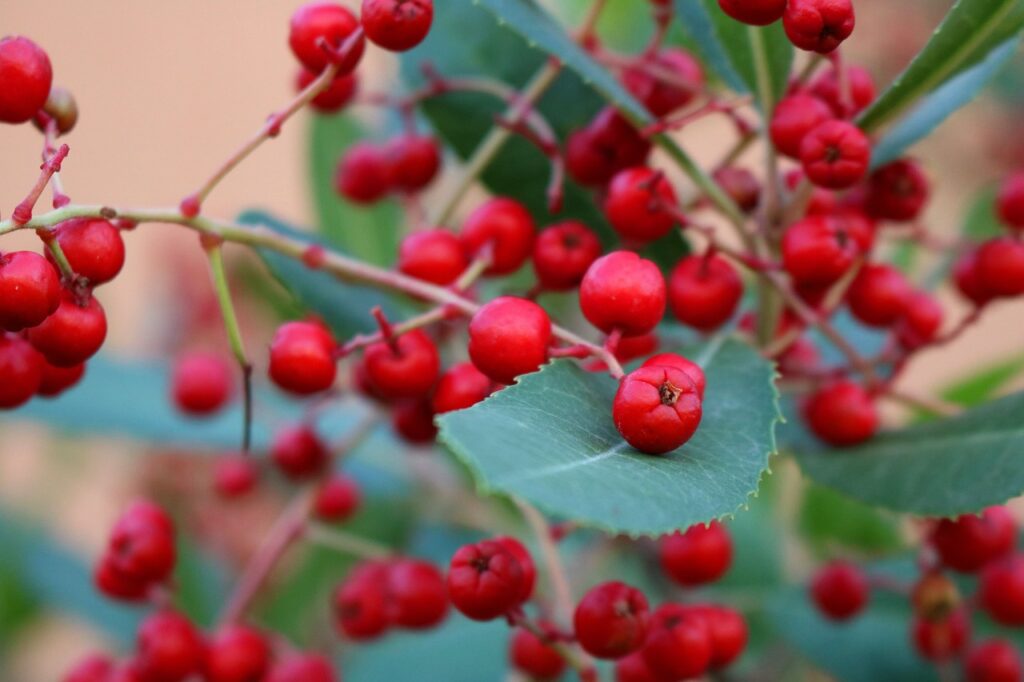
Cotoneaster is robust and easy to cultivate, but following a few key points ensures healthy growth.
Sunlight
Prefers full sun but tolerates partial shade. Adequate sunlight enhances flowering and fruiting.
Watering
Though drought-tolerant, regular watering is essential. Water thoroughly when the soil surface is dry, avoiding overwatering.
Soil
Well-drained soil with moderate nutrients is best. It adapts to sandy or clay soils if drainage is secured.
Fertilizer
Apply slow-release fertilizer in spring and autumn to promote healthy growth. Avoid excess, which may cause leggy shoots.
Pruning
Prune after flowering or in winter to maintain shape. Spreading varieties should be thinned regularly for easier management.
Cold Resistance
Most varieties are cold-hardy, but in extremely cold regions, frost protection helps them overwinter.
Conclusion
Cotoneaster, with its delicate flowers and vivid berries, enriches the landscape of gardens and parks.
In Europe, it has been a symbol of happiness and prosperity, while in China, it represents longevity and harmony.
With a history of cultivation dating back centuries, Cotoneaster has produced many ornamental varieties since the 18th century. Thanks to its hardiness and adaptability, it remains a reliable plant that maintains beauty with proper pruning and soil care.

